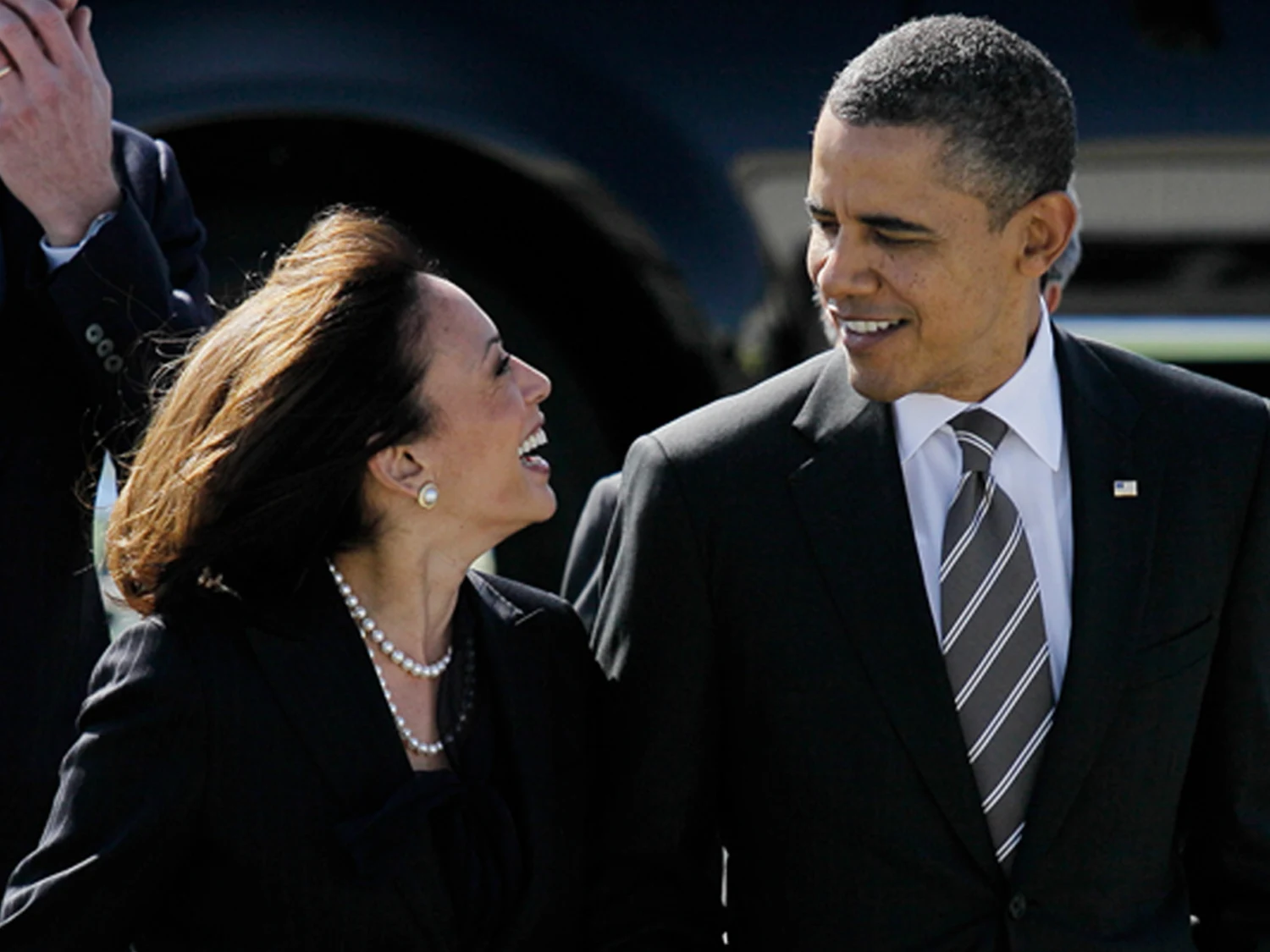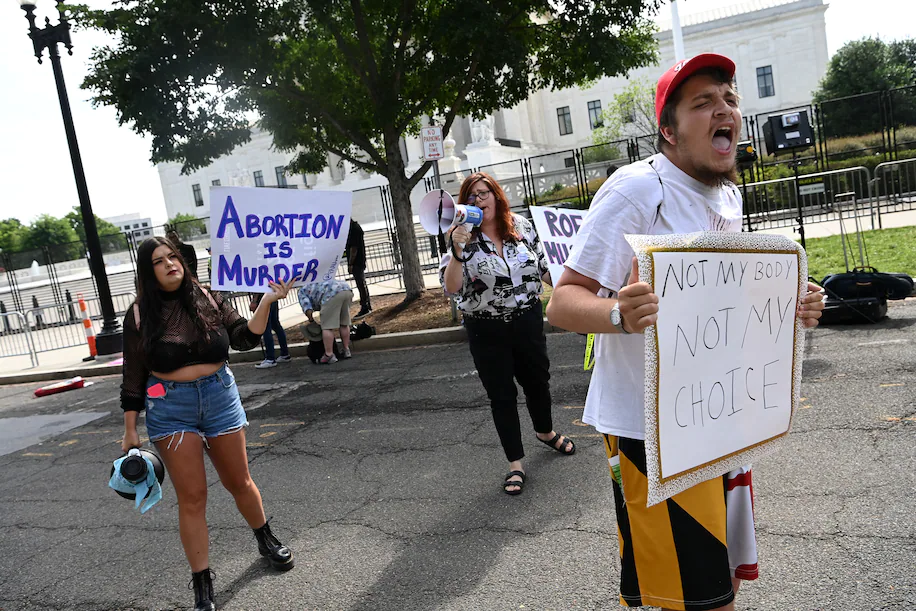With input from CNBC, Bureau of Labor Statistics, and Bloomberg.
If you’re the Federal Reserve and you’re trying to decide whether to cut interest rates again on Dec. 10, you usually want every fresh data point you can get your hands on. Instead, thanks to the long government shutdown, the Fed is walking into that meeting missing one of its favorite tools: October’s Consumer Price Index.
The Bureau of Labor Statistics said it’s canceling the October CPI release altogether. The report was supposed to drop on Nov. 7, but the shutdown froze key parts of the survey work — and BLS says it can’t go back in time and rebuild the missing pieces.
Here’s the new reality:
- October CPI: canceled, no full report coming.
- November CPI: originally due Dec. 10, now delayed to Dec. 18 — after the Fed votes.
So the Fed’s final meeting of 2025 will happen in a weird little data vacuum.
CPI isn’t a spreadsheet you can fill in after the fact. BLS price collectors normally compile the index through a mix of in-person store visits, phone calls, online price checks, and household surveys. During the shutdown, a lot of that simply didn’t happen. And because prices move fast — especially during holiday shopping season and tariff turbulence — retroactively recreating what shoppers faced in October would be guesswork.
BLS said it can recover some nonsurvey data for a few CPI components, and it may publish those October values where possible alongside November’s report. But there won’t be a complete October CPI, and the November release will be missing the usual one-month change calculations for categories that need October as a baseline.
The CPI mess also spills into other measurements. The Commerce Department’s Bureau of Economic Analysis said the personal consumption expenditures (PCE) price index — the Fed’s preferred inflation gauge — is being rescheduled as well. That report had been set for Nov. 26, but there’s no new firm date yet.
Translation: the Fed is losing both of its cleanest inflation snapshots right when it needs them most.
This is basically the nightmare scenario Fed officials have been hinting at since the shutdown began: making policy calls without the normal dashboard of economic indicators.
After the October meeting — where the Fed approved a quarter-point rate cut — Chair Jerome Powell compared the situation to “driving in the fog.” When visibility drops, you don’t floor it. You slow down.
And now the fog is thicker, not thinner.
Even with missing CPI data, not everyone at the Fed is leaning cautious.
On Friday, New York Fed President John Williams said he sees room for another adjustment “in the near term,” signaling he’s still open to cutting rates soon despite the data chaos.
Other officials, like Fed Governor Christopher Waller, argue the central bank still has enough information to make informed decisions — meaning the December meeting could become less about clean data and more about how different policymakers interpret incomplete signals.
Normally, the run-up to a Fed decision is a tidy story: jobs report, inflation print, maybe a consumer confidence read, then a vote. This time, the timeline is scrambled:
- The Fed will meet on Dec. 9–10 without October CPI or November CPI in hand.
- The delayed November CPI lands Dec. 18, offering clarity only after the decision is done.
So policymakers will be leaning on older inflation data, whatever partial indicators survived the shutdown, and a whole lot of judgment.
That doesn’t guarantee “no cut.” But it does raise the odds that any move — cut or hold — comes paired with extra cautious language. When the Fed can’t see the road, it still has to drive. It just won’t be able to pretend the headlights are working normally.








The latest news in your social feeds
Subscribe to our social media platforms to stay tuned